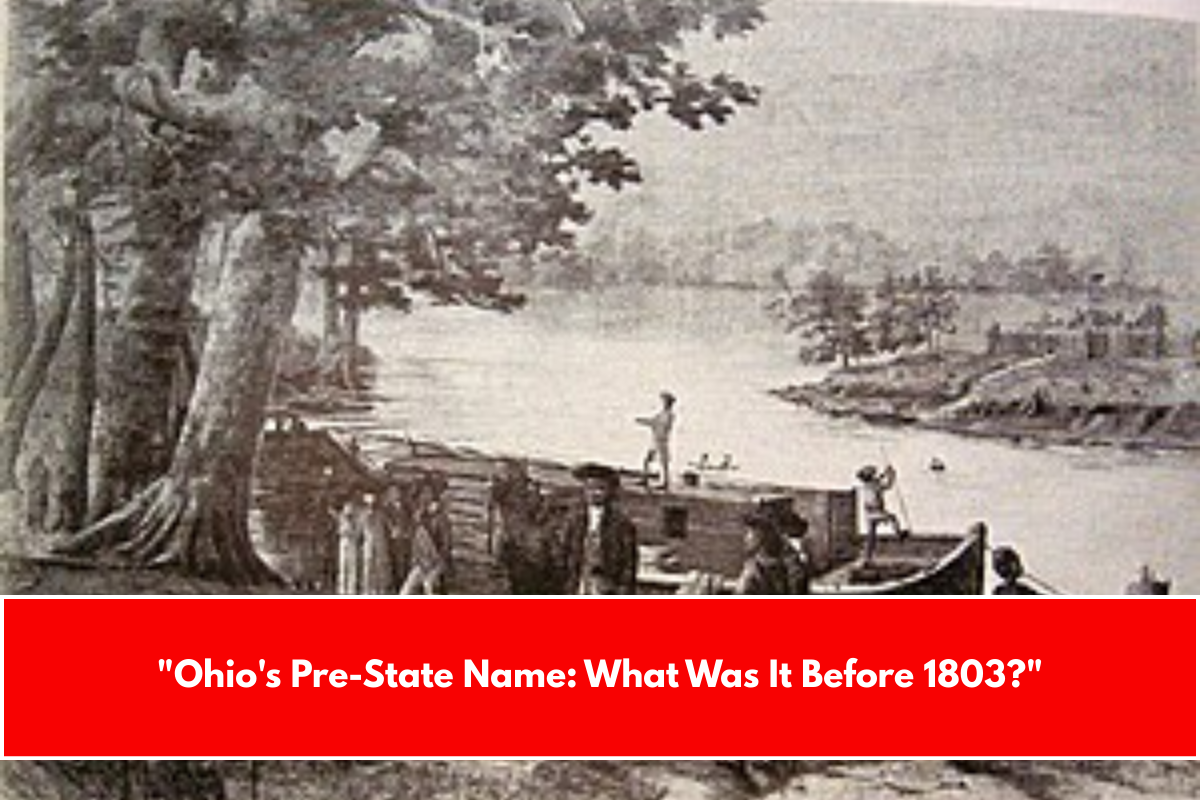Pennsylvania is rich in Native American history, offering numerous sites where visitors can explore the heritage of the state’s Indigenous peoples. Here are eight of the best places to learn about Pennsylvania’s Native American heritage:
1. Meadowcroft Rockshelter
Located in Washington County, Meadowcroft Rockshelter is one of the oldest known human habitation sites in North America, dating back nearly 16,000 years. Visitors can explore archaeological evidence from the Paleoindian period and learn about early Native American life.
The site features a reconstructed Eastern Woodland Indian Village and an 18th-century trading post, making it an immersive experience for understanding Indigenous history.
2. Indian Steps Museum
Situated along the Susquehanna River in York County, Indian Steps Museum is a unique destination showcasing Native American artifacts embedded into its structure. Built in 1912, it serves as a tribute to Indigenous culture, particularly the Susquehannock people. The museum hosts exhibits, seasonal events, and even a Pow Wow in September.
3. Museum of Indian Culture
Located in Allentown, this museum is dedicated to preserving and presenting the history of the Lenape and other Northeastern Woodland tribes. It features exhibits on Native American beadwork, agricultural tools, and artifacts from across North America. The museum also offers guided tours and educational programs for all ages.
4. Big and Little Indian Rock Petroglyphs
These petroglyphs in Lancaster County are prehistoric carvings made by Algonquian-speaking tribes. Located on rocks in the Susquehanna River, they provide insight into Native American symbolism, ceremonies, and beliefs. The site is listed on the National Register of Historic Places.
5. Shawnee-Minisink Archaeological Site
Situated in Monroe County near the Delaware River, this site dates back to the Paleoindian period and contains evidence of early human occupation, including tools and dietary remains. It played a key role in understanding Clovis culture and early Native American lifeways.
6. Cornplanter Tract
Once a Seneca reservation along the Allegheny River, this site was granted to Cornplanter (John Abeel III) in 1796. Although much of it was submerged by the construction of the Kinzua Dam in the 1960s, descendants of Cornplanter continue to honor its legacy through annual reunions.
7. Queen Esther’s Town
Located in Bradford County near the confluence of the Susquehanna and Chemung Rivers, this site was home to Delaware Indians during the American Revolution. Led by Queen Esther, a prominent figure of mixed French and Native descent, it offers insights into 18th-century Indigenous village life.
8. Conestoga Town
This settlement along the Susquehanna River was established by Susquehannock and Seneca families in the late 17th century. It became a major fur-trading center and site for treaties between colonial governments and Indigenous groups before its tragic decline due to European encroachment.
These sites collectively offer a comprehensive look at Pennsylvania’s Native American heritage, spanning thousands of years from prehistoric times to interactions with European settlers during the Contact period. Whether through museums or archaeological landmarks, visitors can gain valuable insights into Indigenous cultures that shaped Pennsylvania’s history.
Sources:
- https://www.goodforpa.com/2023/11/22/indigenous-peoples-and-parks-native-american-heritage-month/
- https://pahistoricpreservation.com/highlights-pennsylvania-archaeology/
- http://www.indiansteps.org
- https://pabook.libraries.psu.edu/literary-cultural-heritage-map-pa/feature-articles/meadowcroft-peering-americas-ancient-past
- https://www.atlasobscura.com/places/indian-steps-museum












